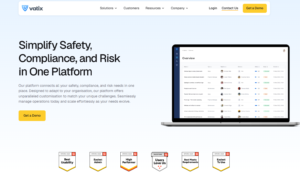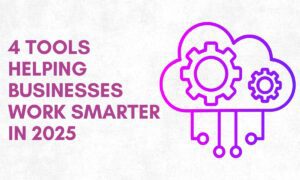Most compliance teams spend more time chasing data than actually reviewing it, and the deadline clock doesn’t stop.
The real bottleneck usually isn’t the regulations themselves but the manual hunt for evidence scattered across different systems. Automated reporting shifts that dynamic by consolidating data at the source and keeping it ready for review.
If compliance reporting still means copying numbers from one system into another, you’re not just wasting time, you’re multiplying risk.
Much of the delay also comes from the classic “hurry up and wait” problem: compliance analysts can’t proceed until other teams send over spreadsheets or extracts. Modern tools that integrate directly with live data pipelines eliminate the copy-paste routine, reduce errors, and turn compliance cycles into predictable workflows.
The Real Bottleneck: It’s Not the Regulations
Ask anyone in a compliance team what slows them down, and most won’t say “the rules.”
What eats up the calendar is the scavenger hunt, logging into a dozen systems, reconciling mismatched fields, chasing colleagues for extracts.
One global insurer that worked with Elvitix found that more than 60% of staff time on quarterly reporting went to simply finding and preparing data, not to assessing risk or reviewing exceptions. Fixing that bottleneck had a bigger impact than any new reporting template.
From Copy-Paste Chaos to Integrated Workflows
Manual consolidation is not just tedious; it’s a source of silent errors. A single mis-pasted figure can derail an audit trail.
The shift to integrated workflows starts with direct connectors to source systems – ERP, CRM, HR, cloud logs – so data flows into reporting tools without manual intervention.
Some teams also automate validation steps: reconciling totals across systems as data lands. That means analysts can spend time on what the numbers mean, not on whether they’re correct.
Continuous Evidence Collection: Staying Audit-Ready Every Day
The most resilient compliance functions don’t “prepare” for audits. They collect and organize evidence as it’s generated.
Versioned data stores, immutable logs, and automated lineage capture make it possible to answer regulators’ questions in hours, not weeks.
An energy company supported by Elvitix moved to a continuous-evidence model and saw its annual audit preparation time drop by two-thirds. The change wasn’t about new regulations – it was about shifting from after-the-fact scrambling to steady, ongoing readiness.
Tools That Do the Heavy Lifting: Key Capabilities to Look For
The tool itself is rarely the story; its fit to the process is. For most organizations, the high-value capabilities include:
Teams that align tooling to these needs usually find the reporting cycle shortens almost immediately.
Early Wins: Cutting Weeks Off the Reporting Calendar
The first gains often come from small, visible changes, eliminating a handful of manual steps that consume disproportionate time.
A European bank working with Elvitix automated just the extraction and reconciliation of key capital-adequacy metrics. That single step reduced its quarterly report cycle by ten days, freed analysts for deeper risk analysis, and improved confidence in the numbers.
Beyond Compliance: Turning Reporting Discipline into Strategic Value
Automating compliance reporting does more than save time. It builds habits: consistent data capture, reliable controls, clear ownership.
Those same habits make it easier to analyze operational risks, spot inefficiencies, and answer investors’ questions faster.
Organizations that treat automation as the foundation for better decision-making, rather than just a cost-cutting tool, tend to see lasting gains, not just in reporting, but across finance, risk, and operations.



































